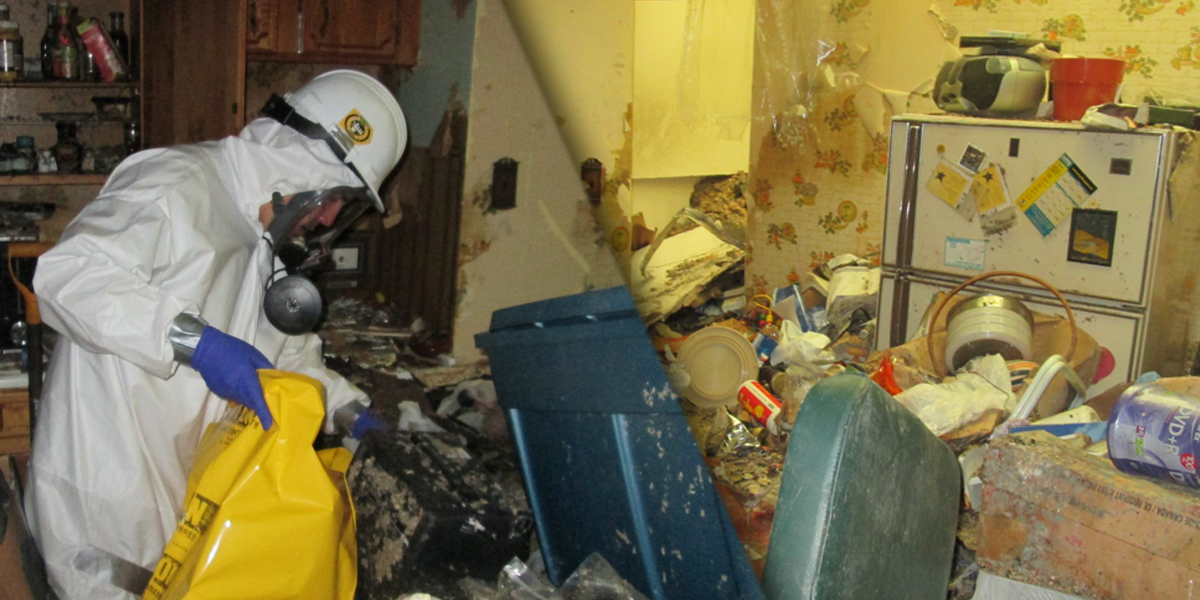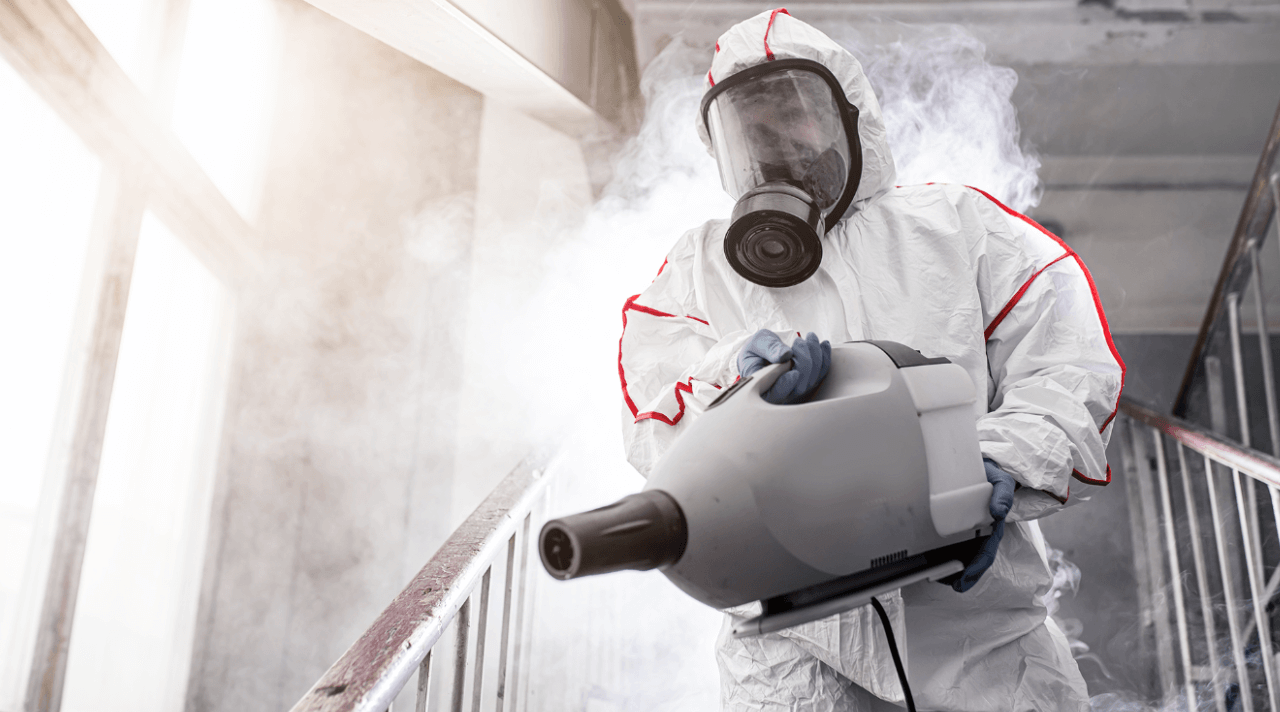Precise ATP Testing for Effective Hygiene and Hygiene Tracking
Precise ATP Testing for Effective Hygiene and Hygiene Tracking
Blog Article
Expert Biohazard Cleansing and Purification for Blood, Bodily Fluids, and Hazardous Products
The possible health and wellness threats associated with direct exposure to biohazards highlight the important need for careful handling and complete clean-up. As we browse the elaborate landscape of biohazard cleanup, recognizing the subtleties of regulations, conformity, and the specific equipment at play ends up being crucial in making sure a risk-free and comprehensive purification process.
Health Dangers of Biohazard Direct Exposure
Direct exposure to biohazards positions substantial health risks that can lead to serious consequences for areas and people alike. Biohazards encompass a large range of organic substances, including blood, bodily fluids, mold and mildew, germs, viruses, and other potentially infectious materials. When individuals enter into contact with these biohazards, whether through crashes, incorrect handling, or ecological direct exposure, they encounter the threat of having severe illnesses or conditions.
Among the key health and wellness threats connected with biohazard exposure is the transmission of contagious illness. Bloodborne microorganisms such as HIV, liver disease B and C, and different bacteria can be existing in biohazardous materials, positioning a direct threat to human wellness. Inhaling air-borne biohazards like mold and mildew spores or entering into call with polluted surfaces can also lead to respiratory problems, allergic reactions, and various other unfavorable health and wellness effects.
Additionally, biohazard direct exposure can have long-term health and wellness effects, with some illness manifesting years after the initial get in touch with (Blood Cleanup). Consequently, it is vital to focus on appropriate biohazard cleaning and decontamination to minimize these wellness risks and make sure the security of neighborhoods and people

Specialized Educating for Biohazard Cleaning
When it concerns dealing with biohazard cleanup efficiently and safely, specialized training plays an essential duty in making sure proper decontamination procedures are followed. Biohazard cleaning needs certain knowledge and abilities to efficiently mitigate threats related to bloodborne pathogens, physical liquids, and dangerous products. Experts learnt biohazard clean-up undertake extensive instruction on how to safely take care of, eliminate, and throw away biohazardous products to avoid contamination and exposure.
Specialized training for biohazard cleaning covers a range of important topics, consisting of correct personal safety devices (PPE) use, bloodborne pathogen awareness, purification methods, and contaminated materials disposal methods. People trained in biohazard cleaning are equipped with the required proficiency to evaluate contamination degrees, recognize prospective dangers, and carry out suitable cleanup procedures in conformity with regulative criteria.
Continual training and education are critical in the area of biohazard clean-up to stay upgraded on the current decontamination technologies, safety procedures, and policies. By purchasing specialized training, biohazard clean-up professionals can properly reply to emergency situation cleaning circumstances and safeguard both public wellness and the environment.
Significance of Correct Decontamination Techniques
Using proper decontamination techniques is crucial in biohazard clean-up to effectively get rid of hazardous materials and lessen health dangers. Efficient purification not only guarantees the elimination of noticeable traces of blood, physical liquids, and various other biohazards yet additionally targets undetectable pathogens that may posture serious health hazards otherwise effectively eradicated. By adhering to stringent decontamination protocols, trained professionals can considerably reduce the risk of direct exposure to unsafe microbes, infections, and germs that can cause infections or illness.
Appropriate decontamination methods involve making use of customized equipment and disinfectants that are specifically made to reduce the effects of biohazards effectively. Extensive cleansing and disinfection of contaminated locations are important to prevent the spread of microorganisms and ensure a risk-free environment for owners. Furthermore, the correct disposal of biohazardous waste complying with purification procedures is essential in protecting against contamination of various other surfaces or individuals.

Equipment and Tools for Safe Clean-up
The appropriate tools and devices play an essential role in guaranteeing the effective and secure clean-up of biohazardous materials. When managing blood, physical fluids, or dangerous products, biohazard cleaning experts count on specialized gear to decrease direct exposure dangers and thoroughly sanitize the affected area. Individual protective equipment (PPE) such as handwear covers, goggles, masks, and coveralls are important to protect versus direct call with possibly contagious products. Furthermore, biohazard cleaning kits consisting of anti-bacterials, absorbent materials, and biohazard bags are made use Check Out Your URL of to securely include and dispose of contaminated items. Blood Cleanup.
Advanced cleansing tools like hospital-grade anti-bacterials, HEPA-filtered vacuums, and misting makers are employed to sterilize surface areas and eliminate biohazards successfully. Specialized devices such as sharps containers and biohazard waste disposal bins are utilized to securely take care of sharp items and biohazardous waste materials. By making use of the ideal tools and tools, biohazard cleaning professionals can make certain a complete cleaning process that focuses on safety and reduces wellness threats for both employees and residents of the damaged space.
Laws and Conformity in Biohazard Cleaning
Correct adherence to guidelines and compliance requirements is paramount in biohazard cleaning to ensure the safety and security of both personnel and the atmosphere. Government firms such as OSHA (Occupational Security and Health Management) and the EPA (Environmental Protection Company) have established certain standards for biohazard cleaning procedures to reduce health and wellness dangers and ecological contamination. These laws cover a series of facets including the handling, transportation, and disposal of biohazardous materials, in addition to the needed training and protective devices required for personnel associated with the cleanup process.
Biohazard cleansing companies should stay up-to-date with these regulations to assure that click site their procedures satisfy the required safety standards. Failure to adhere to these laws can lead to severe consequences, consisting of fines, lawful action, and jeopardizing the health and wellness of people and the setting. By following rigorous regulations and compliance actions, biohazard cleaning firms can successfully mitigate threats and guarantee a secure and complete cleanup process for all events included.
Conclusion
In verdict, biohazard cleansing and purification call for specialized training, proper strategies, and adherence to regulations. Exposure to blood, bodily fluids, and hazardous products postures significant wellness threats, making it crucial to use the appropriate tools and devices for risk-free cleaning. By complying with rigorous protocols and guidelines, professionals can successfully minimize the dangers related to biohazard direct exposure and make sure the safety and security of both themselves and others.
As we browse the intricate landscape of biohazard cleanup, recognizing the subtleties of guidelines, conformity, and the customized tools at play becomes necessary in ensuring a secure and extensive purification procedure. (Blood Cleanup)
When it comes to handling biohazard clean-up effectively and safely, specialized training plays a fundamental duty in ensuring proper decontamination treatments are important link complied with.Using correct decontamination techniques is vital in biohazard cleaning to effectively get rid of harmful products and lessen wellness dangers. Furthermore, biohazard cleaning sets consisting of disinfectants, absorptive products, and biohazard bags are utilized to securely dispose and consist of of infected items.
Federal government companies such as OSHA (Occupational Safety And Security and Health And Wellness Management) and the EPA (Environmental Security Agency) have developed specific guidelines for biohazard clean-up procedures to minimize health threats and ecological contamination.
Report this page